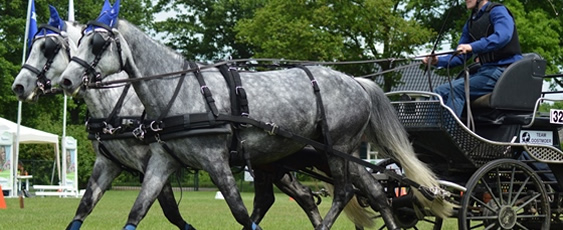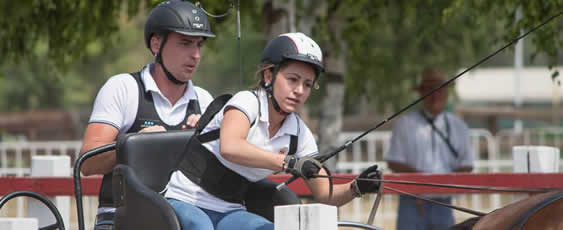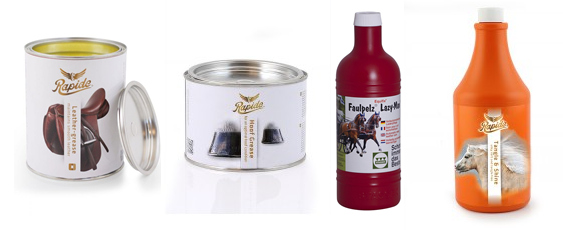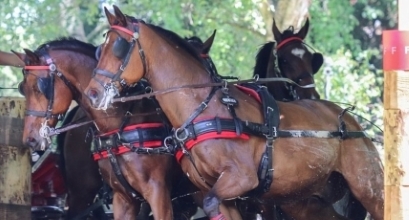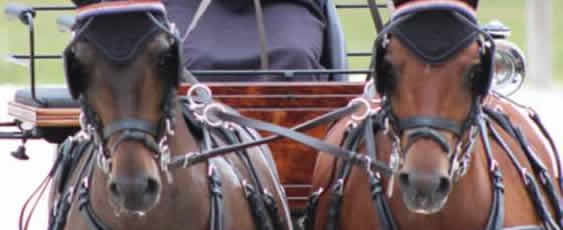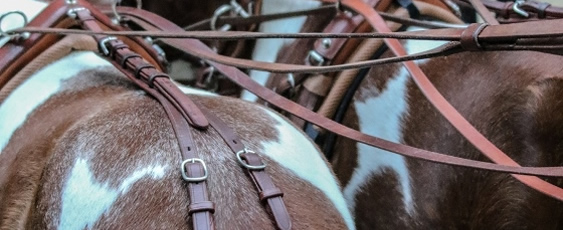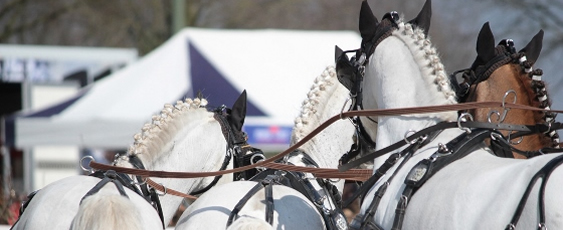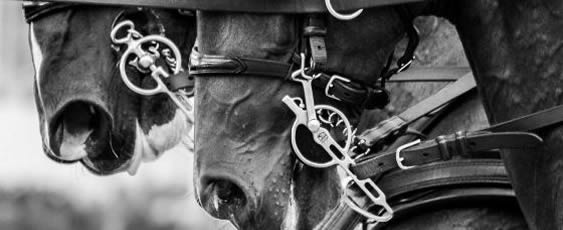I think bits are the subject most people have questions about. When you buy a harness, it is mainly a matter of making choices. What's out there and do I want leather or plastic? Questions about mixing bits usually come up because there are problems with the horse and people don't know how to solve them. It is often not known what is out there and how a bit works. I then ask the following questions, more or less by default: What bit do you have now? What does the horse or pony not do or exactly do? And what exactly would you like him to do or not do? Then you usually hear problems like he fumbles very much with the tongue, he doesn't want to be in line, shakes his head or there is some other form of protest.
The story is actually unambiguous. The bit should lie on the tongue and on the layers. However, it is often not known how a bit should lie in the mouth. What I would also like to know is whether the horse dentist has been. The horse should have nothing wrong with its teeth. Are the wolf teeth out? Does he have no hooks? That should be ruled out, just as there should be no medical problems with the back or neck.
Bit with tongue clearance
Usually, people have no idea how thick their horse's tongue is when I ask about it. Many horses have a thick tongue. Since the bit should lie on the tongue and layers, in such a case you should not take a straight bit, but a curved bit, depending on the strength of the linkage curved forward or upwards. If the horse has a very thick tongue, you still have a bit with tongue clearance. But I don't recommend that right away. Indeed, if that tongue is not very thick, such a bit lies too much on the layers and you get too much pressure there, with the risk of wounds.
In specific cases, a bit can be tried out: You then have 30 days to try it out. If you don't like it anyway, the bit can be returned and you will get 70% back from the purchase price.
Liverpool bit versus B-rod
The working of the mixing bit is also very dependent on the hand of the driver. I think that determines just about half of it. The other factors are of course the bit itself, the horse and how you adjust the bit. How tight is the chin chain and how high do you hang the bit in the mouth? The standard advice for the chin chain is that it sits well if the scissors make a 45-degree angle with the mouth slit. My preference is to use a liverpool bit rather than a B-rod or butterfly bit. With a B-rod, you are flush with the mouthpiece in the first leadhole and have no leverage. Therefore, you put the lead in the second hole, but then the leverage is immediately very high. With a liverpool, the distance from the first leadhole to the mouthpiece is shorter and you have less leverage. A mixing bit is effective because of this leverage. That piece of control is important, because in driving you miss aids that you do have when you are on a horse. Communication is mostly through your hands and most horses need to be able to be ridden on the first leadhole. So I prefer a liverpool bit and you have more choice in that too.
Thickness of the men's bit
More complicated is the thickness of the bit's mouthpiece. Some say a thin bit is sharper and thick is gentler. But if thick means more weight, the question is whether it is friendlier. You also have bits that are hollow on the inside, but those feel a bit flabby in thickness. So sometimes it really is a search. For the recreational rider, this is less likely to be an issue. He or she asks less of his horse. When you get higher in dressage, it all listens more closely, as communication with your horse is mainly via the hands.
I always say, "Just look inside your horse's mouth more often". And also have someone watch from the side if you can't figure it out yourself.
Juliette Post/The Menner
